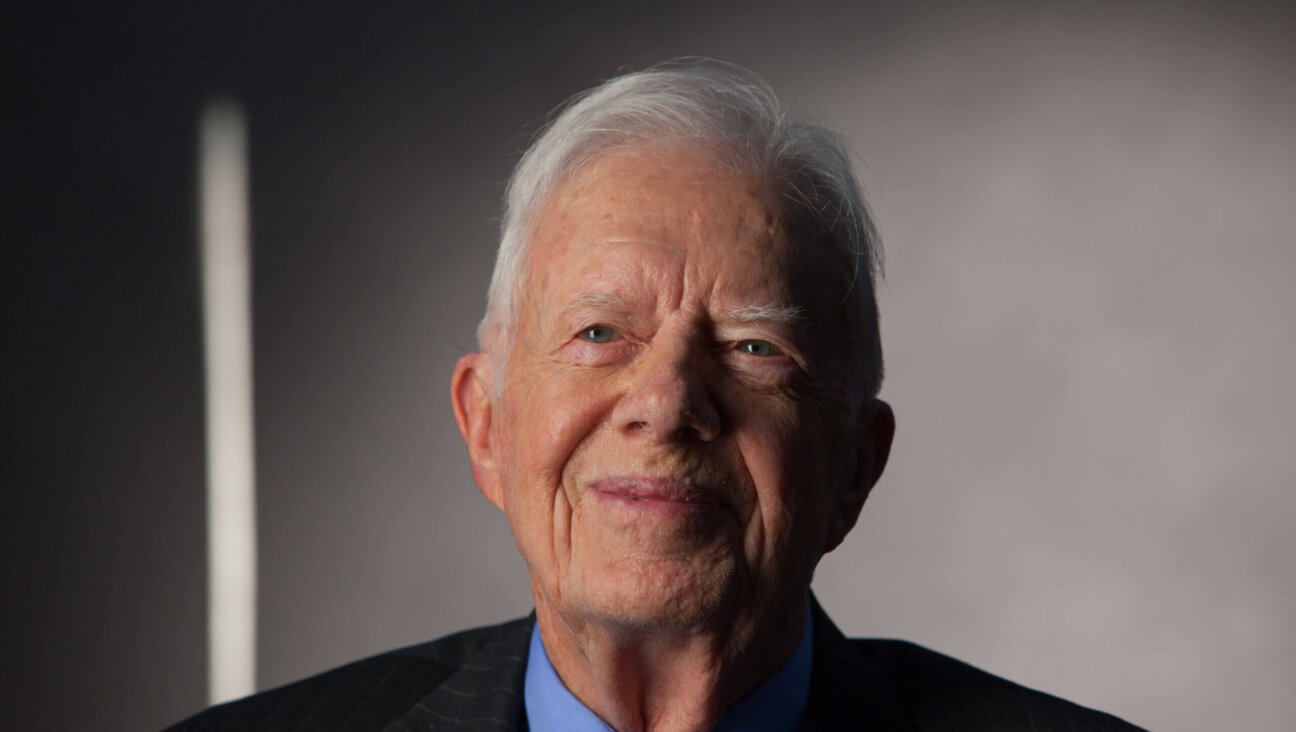Changing Names of ISIS Reveal Growing Ambitions

On the march: Anti-ISIS Shiite fighters in Iraq. Image by Getty Images
Ed Ravin writes:
“The American media refer to the jihadist movement that has taken over a big chunk of the Middle East as ISIS, an abbreviation of’ ‘the Islamic State in Iraq and Syria.’ Canadian journalists, on the other hand, call it ISIL, for ‘the Islamic State in Iraq and the Levant.’ The Arabic word translated as either Syria or the Levant is Sham, which designates an area also including Lebanon, Jordan and Israel. Can Americans really be sure we understand this group’s motivations when we misinterpret the territorial designs implicit in its name?”
Mr. Ravin’s question is a good one, particularly in light of the fact that ISIS or ISIL has kept adjusting its name over the years to its evolving sense of itself. In 2006, after adopting and discarding several earlier names, it settled on Dowlat el-Iraq el-Islamiyah, “the Islamic State of Iraq.” In April 2013, this was changed to el-Dowlah el-Islamiya fi’l-Iraq wa’l-Sham (the “l” before both Dowlah and Sham is silent), “The Islamic State in Iraq and Syria [or the Levant],” while two months ago it was changed again, to el-Dowlah el-Islamiya, “The Islamic State.” It has thus steadily been de-emphasizing national boundaries in accord with its pan-Islamist ideology, which considers the division of the Muslim world into separate national states a subversion of Islamic goals.
The use by ISIS or ISIL of Sham rather than Suriyya or Syria fits in with this tendency, since Sham in Arabic, when it is not being used as a synonym for Damascus, the region’s traditional capital, represents a broad geographical area rather than a specific country with clearly defined frontiers. When Arabs speak of bilad el-sham or “the lands of Sham,” or of someone or something that is shami or belongs to these lands, they have in mind the countries of the eastern Mediterranean coast and their immediate hinterland as far as the great Arabian Desert — in other words, Lebanon, Israel or Palestine, and much of present-day Syria and Jordan. Iraq, Egypt and Saudi Arabia, let alone North Africa and the Persian Gulf, are not part of the lands of Sham, which share, besides their physical proximity, a common culture in terms of such things as cuisine, folkways and their spoken dialect of Arabic.
Does Sham have anything to do with the biblical Shem, Noah’s son, from which the words “Semite” and “Semitic” come? Although the scholars say no, I’m not so sure. There may be no way of definitely linking Sham to Shem or Shem to Sham, but many of the personal names in the genealogies of Genesis are also place or ethnic names. Shem’s son, Ashur, for example, is the supposed father of Assyria and the Assyrians (the source of the word Syria), while a second son, Aram, is the supposed father of the Arameans. Shem, too, I suspect, was a toponymic figure of this sort. And while no place or people called Shem or Shemians is known in Hebrew, the name could have survived in Arabic as Sham and Shami.
In its vagueness, “Levant” is probably a better translation of Sham than is “Syria.” The word is originally a French one, from the reflexive verb se lever, “to rise,” which yields le lever du soleil or “sunrise”; le levant is thus the direction of the rising sun, which is to say, east. It’s a close parallel of “Orient,’ which comes from the Latin verb orior, to rise, and from its derivative oriens, the rising sun. Indeed, until the late 19th or early 20th century, “the Orient” in English designated the same eastern Mediterranean countries that “the Levant” does, sometimes even including Greece and Turkey. Only later did it increasingly come to signify the Far East rather than the Near East, so that “oriental” became a way of saying not Arab, but Chinese and/or Japanese. As for the adjective “Levantine,” though continuing to refer to the eastern Mediterranean, it took on a pejorative coloring and began to suggest a debased version of a once more authentic East, an unfavorable mixture of European and Arab traits at the point at which the two cultures met.
And yet “Syria,” too, it must be said, once meant more than the political entity that ISIS or ISIL is now fighting in. Not only did the term also include Lebanon, Palestine and Jordan in Roman times, but in Arab usage, too, right up to the establishment of the modern state of Syria, hacked out of the ruins of the Ottoman Empire after World War I, it was synonymous with the Levant. Throughout the first half of the 20th century, both Lebanese and Palestinian nationalism had to contend with the pan-Arabist criticism that there was a “greater Syria” under which both Lebanon and Palestine should be subsumed. Even if they don’t coincide anymore, Suriyya and Sham once meant pretty much the same thing in Arabic. ISIS, ISIL or just plain IS, it’s the same organization, too, and as the Occident has learned only too well in recent weeks, it’s not one to make light of.
Questions for Philologos can be sent to [email protected]
A message from our Publisher & CEO Rachel Fishman Feddersen

I hope you appreciated this article. Before you go, I’d like to ask you to please support the Forward’s award-winning, nonprofit journalism so that we can be prepared for whatever news 2025 brings.
At a time when other newsrooms are closing or cutting back, the Forward has removed its paywall and invested additional resources to report on the ground from Israel and around the U.S. on the impact of the war, rising antisemitism and polarized discourse.
Readers like you make it all possible. Support our work by becoming a Forward Member and connect with our journalism and your community.
— Rachel Fishman Feddersen, Publisher and CEO






















